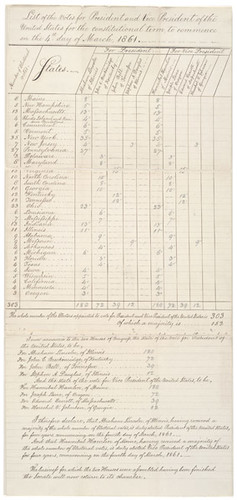History & Historiography: Welcome
Researching History and Historiography at PSU
 This guide provides an overview of resources for history and historiography at Portland State University Library. You can also use the other guides listed at the bottom of this page.
This guide provides an overview of resources for history and historiography at Portland State University Library. You can also use the other guides listed at the bottom of this page.
Note: The images throughout this guide are drawn primarily from open source collections in the public domain. You may find useful content from these websites for your own research. Image credit: Royal Writ of the Foundation of the City of Tlaxcala, 1535, from the World Digital Library.
What is a primary source?
 Primary sources enable the historical researcher to get as close as possible to what actually happened during an historical event or time period. A primary source reflects the individual viewpoint of a participant or observer. Here are some examples of primary sources:
Primary sources enable the historical researcher to get as close as possible to what actually happened during an historical event or time period. A primary source reflects the individual viewpoint of a participant or observer. Here are some examples of primary sources:
- Items that describe events where the author is a participant or observer, such as diaries, letters, memos, journals, speeches, and interviews. Example: Diary of Charles Rumley from St. Louis to Portland, 1862
- Photographs, audio and video recordings, and other electronic records that record an event. Example: Oregon Politics Radio Disc Collection [sound recording], 1938-1958
- Records collected by government agencies such as birth and death records, marriage records, voting tallies, land deeds, and census data. Example: 15th census, population, 1930. Oregon
- Records created by organizations or agencies, such as reports, minutes of meetings, and bylaws. Example: The dawn of British trade to the East Indies as recorded in the Court Minutes of the East India Company, 1599-1603
- Memoirs and autobiographies. Example: Autobiography of Samuel L. Campbell, 1824-1902 : frontiersman and Oregon pioneer : together with his summary of the Whitman Massacre.
- Material published at the time of an event, such as books, newspapers and magazine and journal articles. These are distinguished from secondary sources because they are contemporary. Example: Jones, W. F. D. "An Oregonian Poet Hermit." Overland Monthly and Out West Magazine, V. 25, issue 148, April 1895, pp. 75-378.
- Data collected by researchers, such as field notes, results of experiments, and measurements. Example: Climatological data. Oregon.
Image credit: Electoral Vote Tally for the 1860 Presidential Election, 1861 (page 1 of 3) by The U.S. National Archives, via Flickr

